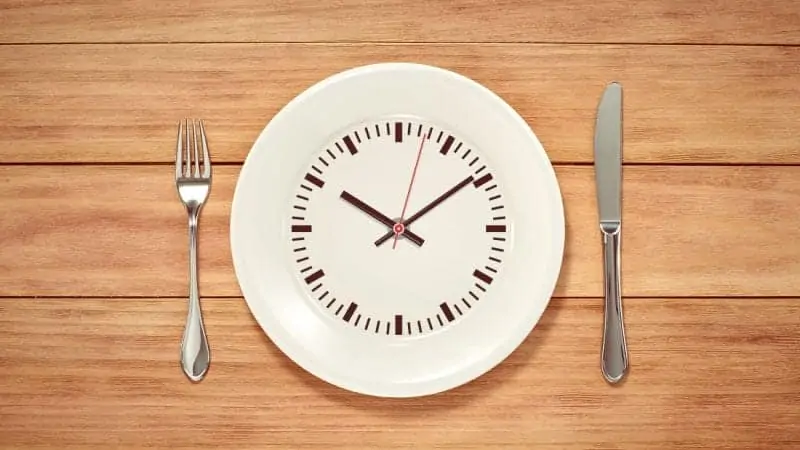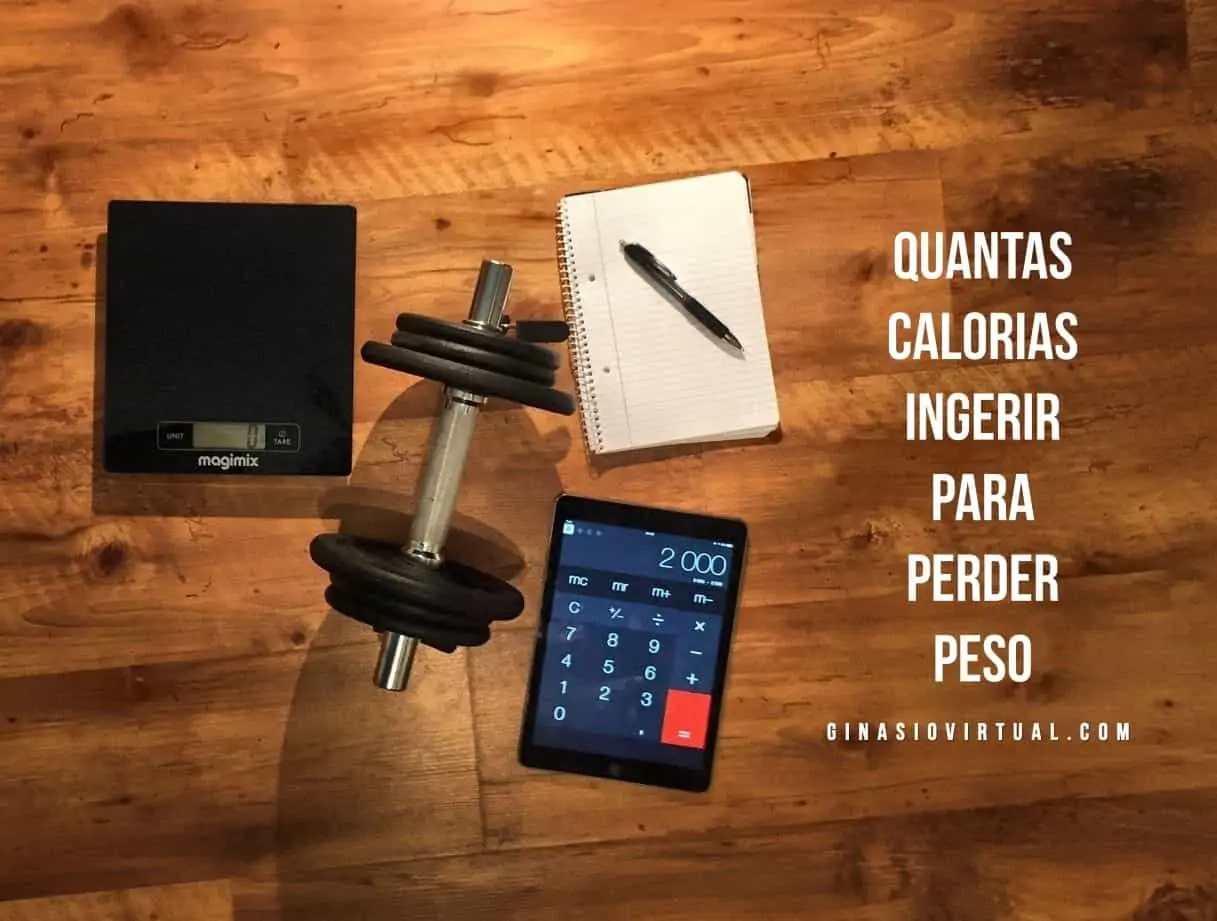To achieve good results, it's not enough to train, you also need a good diet.
But before you build your own diet, you need two things.
First you need to define what your objective is.
Do you want to gain muscle mass or lose weight?
Then, with the aim defined, you need to know how many calories you must ingest to achieve your goal.
Only after you know how many calories you need can you create an effective diet to get the results you want.
Let's start.
Mifflin-St Jeor equation
The Mifflin-St Jeor equation is a simple formula for calculating your basal metabolism.
Basal metabolism corresponds to the calories your body needs to maintain healthy functioning.
However, it doesn't take your daily activity into account, so it's only part of the story.
How to calculate basal metabolism?
The formula for calculating your basal metabolism differs slightly between men and women.
Below is the formula used for each one.
Man
(10 x Body weight) + (6.25 x Height) – (5 x Age) + 5 = Basal Metabolism
Woman
(10 x Body weight) + (6.25 x Height) – (5 x Age) – 161 = Basal Metabolism
Example
Manuel is 1.80m tall, weighs 60kg and is 23 years old.
He realizes the importance of nutrition to achieve good results, and therefore decides to calculate how many calories he needs daily.
The account for Manuel is as follows.
(10 x 60) + (6.25 x 180) – (5 x 23) + 5
600 + 1125 – 115 + 5 = 1615
Therefore, Manuel's basal metabolism is 1615 Kcal.
However, this is just the value for Manuel to keep his body functioning, under minimum conditions.
This is the calories that your body burns without Manuel getting out of bed.
In other words, we need to do some more calculations.
Activity level
After calculating your basal metabolism, you need to take into account your daily activity level.
If you only ingest the calories of your basal metabolism, the result is simple.
You will lose weight.
Use the table below to calculate the number of calories needed to maintain your current weight.
|
Activity level |
Multiplier |
|
Little or no exercise |
1.2 |
|
Light exercise (1 to 3 times a week) |
1,375 |
|
Moderate exercise (3 to 5 times a week) |
1.55 |
|
Intense Exercise (6 to 7 times a week) |
1,725 |
|
Maximum intensity (Twice a day, etc.) |
1.9 |
You should use the value of your basal metabolism, and multiply by the number that corresponds to your type of activity.
The table is based on your exercise level, but it is important to also take your daily routine into account.
If you only train twice a week, but your work is extremely physically demanding, you should use a higher multiplier.
If, on the other hand, you train five times a week, but spend the rest of the day sleeping, you can use a lower number.
In Manuel's case, he trains four times a week and goes to college during the day.
Looking at the table, the correct calculation would be.
1615 x 1.55 = 2503 Kcal
To maintain his current weight, Manuel should ingest approximately 2503 Kcal per day.
Gain or lose weight
Now that you know how many calories you need to maintain your current weight, the last step remains.
If you want to gain muscle mass, you need to add calories.
If, on the other hand, your goal is to lose fat, you should reduce calories.
Let's call Manuel again to illustrate how you should do this.
If Manuel wanted to gain muscle mass, he should take his 2503 kcal and add 300 kcal.
In other words, your muscle mass gain diet would consist of approximately 2803 kcal.
If, on the other hand, Manuel's goal was to lose weight, he would remove 300 kcal from the value necessary to maintain his current weight.
In other words, to lose weight, Manuel's diet would contain approximately 2203 kcal.
Final notes
These calculations provide approximate values, but not exact values.
You should use these numbers as a basis to build your diet, but it is also important to observe the results they give you.
If after three weeks you are unable to gain weight at these values, you should increase your calories.
If, on the other hand, after three weeks you are unable to lose weight, then you should reduce.
Also don't forget to use adequate amounts of each macronutrient to get these same calories.
Our article how much protein do I need per day give you some help on this matter.






Good afternoon,
I have read some of your articles about nutrition and training but I would like to clarify the following doubts.
It is my intention to increase muscle mass in order to define the muscles, especially from the torso upwards. I already understand the importance of food in the objective, but what I ask is this:
– I train 3 times a week. Monday and Friday I train the chest, back and arms. On Wednesday I train my legs and abdominals. Will I have to pay attention to my protein and carbohydrate intake only on training days or training and rest days?
– At the same time I wanted to lose fat located on the belly, which is not much, enough to not show the abdominals (around 2-3 cm). Is it possible to reconcile the two objectives or do I have to work in parts.
I've been training at a beginner level for around 4 months and at the beginning I wasn't very careful with my diet, but a few weeks ago I was more careful with my diet and what I notice is that I can't lose any more abdominal fat, on the contrary, sometimes I notice more changes. in the abdominal area.
Can I have a low-calorie diet to lose belly fat and at the same time have good results in weight training?
Thanks
Hi Nelson.
Yes, you should pay attention to your nutrient intake every day.
For the rest, you basically have two options:
A) You follow a controlled high-calorie diet and increase your lean mass, and possibly reduce your fat mass a little.
B) You follow a controlled low-calorie diet and reduce fat mass, and possibly slightly increase % of lean mass.
In hypothesis A, you are not eliminating fat properly, but by increasing % of lean mass, you are automatically reducing % of fat mass.
In hypothesis B, you are not exactly gaining kilos of muscle, but by reducing % of fat mass without losing muscle, you are automatically increasing % of lean mass.
However, it's difficult to gain muscle without adding a little fat, and it's difficult to lose fat without losing a little muscle.
Basically, if you want to increase muscle mass, you will hardly lose abdominal fat, but if you focus on losing that fat, you will hardly increase muscle mass.
The ideal is to decide what is most important to you.